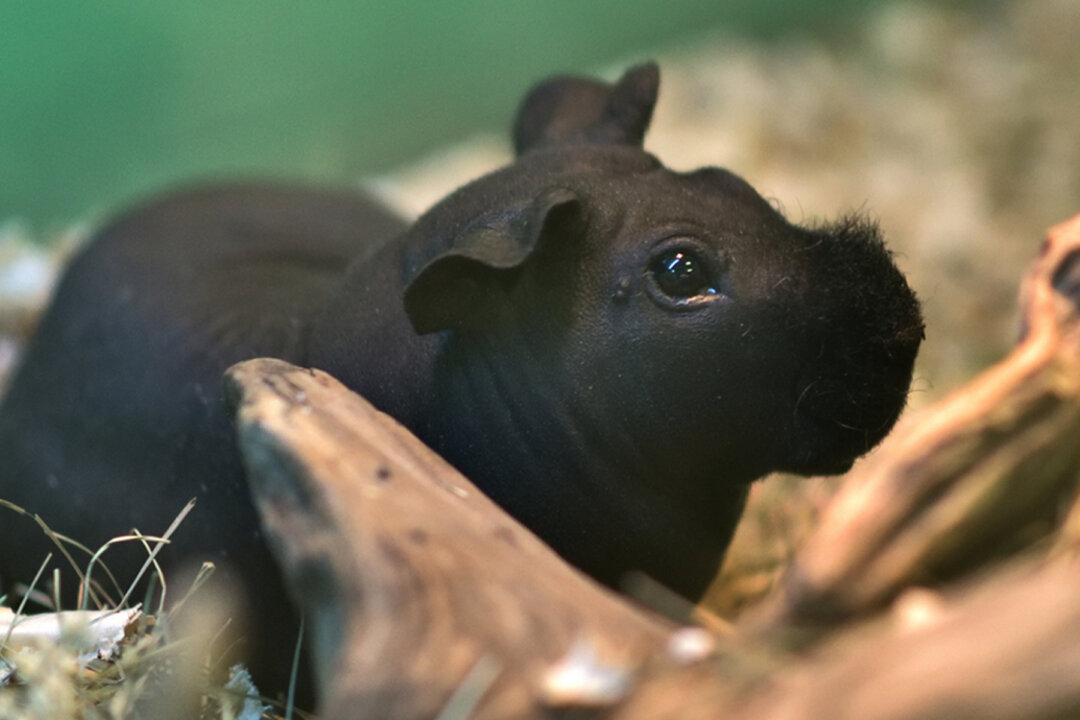The affectionately nicknamed “skinny pig,” also called the “house hippo,” has been taking the internet by storm.
Technically, these adorable pocket-sized rodents are hairless guinea pigs, but with their whiskery snouts, small folded ears, and gray leathery skin, their resemblance to wild hippos is noticeable.





